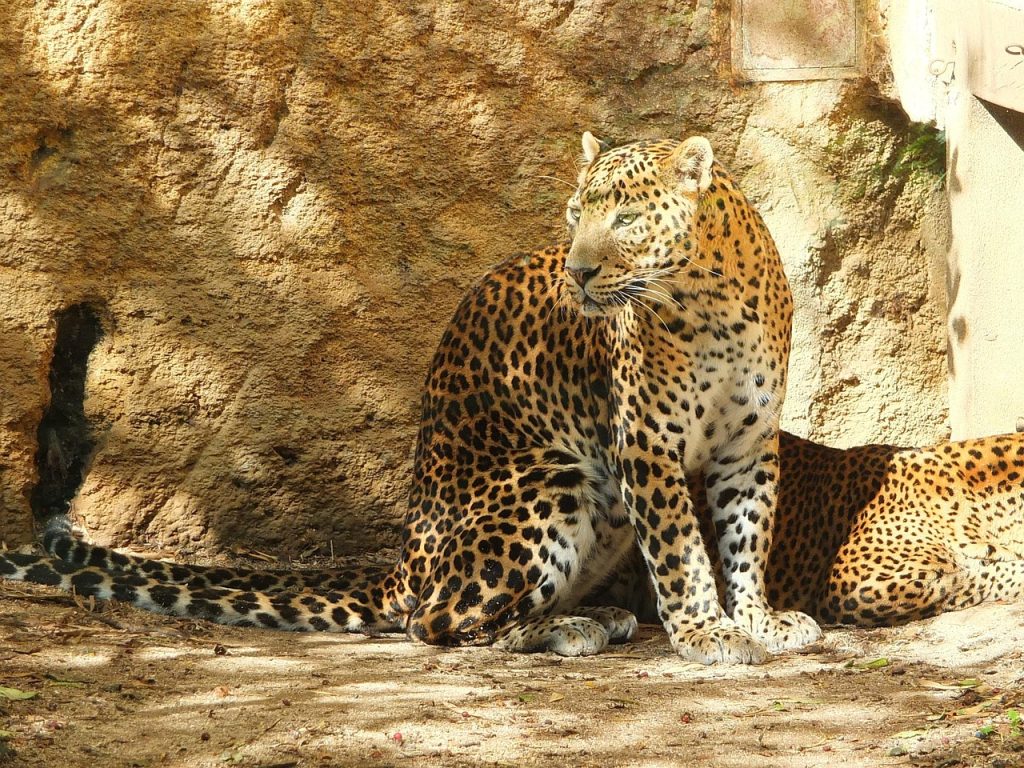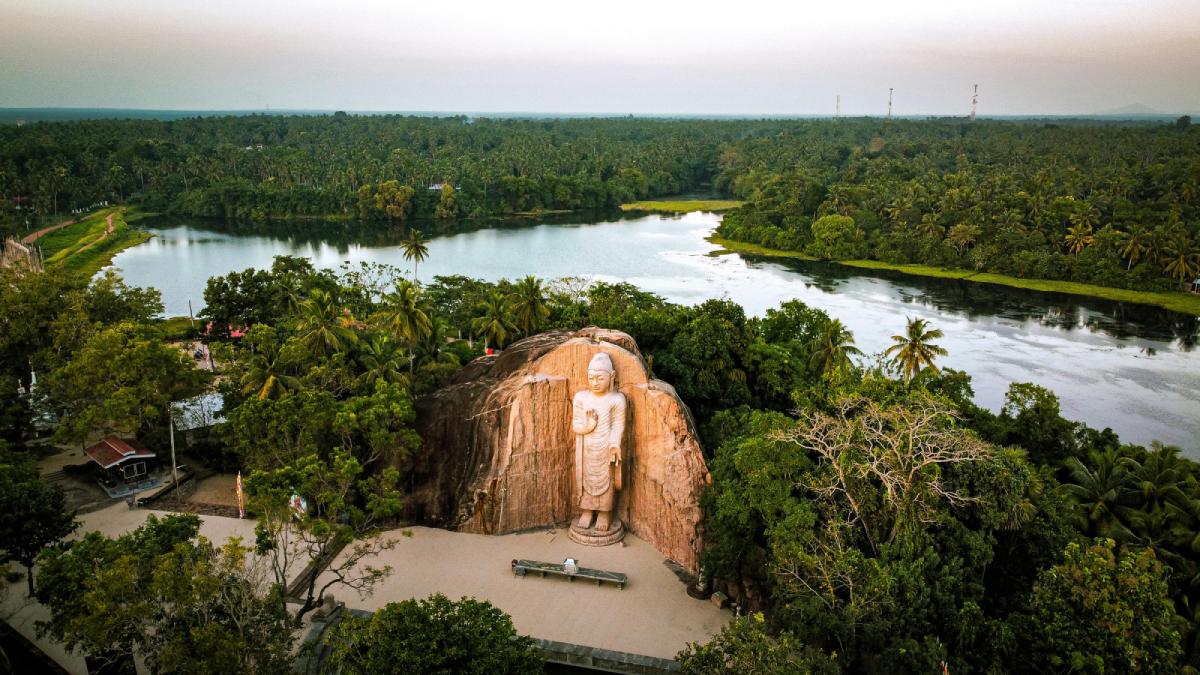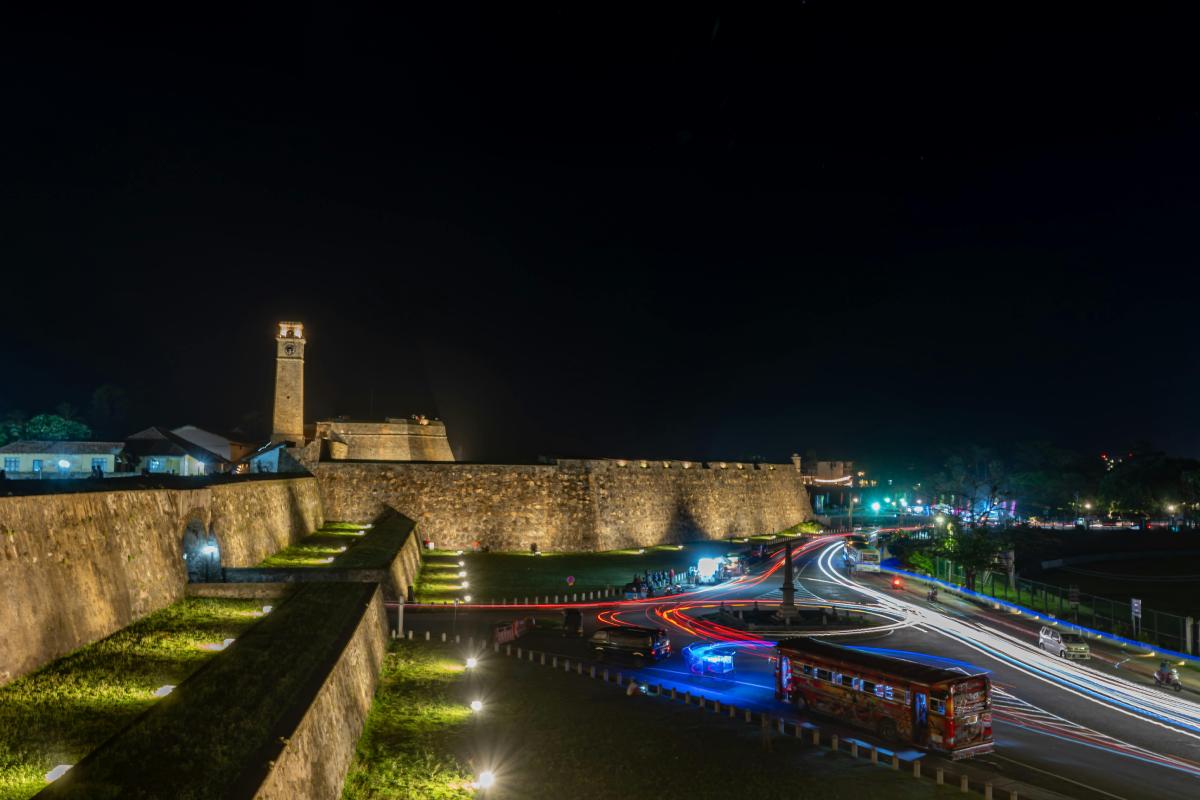The southern coastline of Sri Lanka stretches like a jeweled necklace along the Indian Ocean, offering travelers a mesmerizing blend of pristine beaches, cultural heritage, wildlife encounters, and culinary delights. From the historic ramparts of Galle Fort to the hidden coves of Hiriketiya, the south coast represents Sri Lanka at its most alluring—where ancient traditions meet laid-back beach vibes in perfect harmony.
Colonial Charm: Galle and Its Historic Fort
The crown jewel of Sri Lanka’s south coast is undoubtedly Galle, a UNESCO World Heritage Site that serves as the perfect introduction to the region. The 17th-century Dutch fort stands as a remarkable example of European colonial architecture in South Asia, with its sturdy ramparts withstanding both time and the devastating 2004 tsunami that ravaged much of the coastline.
Walking through Galle Fort feels like stepping into a living museum where colonial history unfolds at every corner. Narrow cobblestone streets are lined with meticulously restored Dutch and British buildings, now housing boutique hotels, artisanal shops, cafés, and galleries. The iconic lighthouse stands sentinel at the fort’s southeastern edge, offering spectacular views of the harbor and surrounding ocean.
Beyond its architectural splendor, Galle has emerged as Sri Lanka’s creative hub. The annual Galle Literary Festival attracts writers and intellectuals from around the world, while local artisans showcase traditional crafts with contemporary twists. The fort area comes alive at sunset when locals and tourists gather along the ramparts to watch the sky transform into a canvas of oranges and pinks over the Indian Ocean.
Beach Paradise: Unawatuna to Mirissa
Traveling east from Galle reveals a string of beach destinations, each with its own distinct character. Just a short tuk-tuk ride from Galle lies Unawatuna, once named among the world’s best beaches by various travel publications. Though more developed than it once was, Unawatuna retains much of its charm with its horseshoe bay, calm waters ideal for swimming, and vibrant beachfront restaurants serving fresh seafood and Sri Lankan rice and curry.
Further along the coast, Weligama offers one of the island’s premier surf spots for beginners. The bay’s gentle breaks make it perfect for those looking to catch their first wave, with numerous surf schools offering lessons and board rentals. The sight of stilt fishermen—practicing a tradition unique to Sri Lanka—adds to the area’s photogenic appeal, though many now pose for tourists rather than actually fishing.
Mirissa, once a sleepy fishing village, has transformed into a popular beach destination while maintaining a relaxed atmosphere. Its crescent-shaped beach lined with swaying palm trees creates a postcard-perfect setting for sunbathing and swimming. As night falls, beachfront restaurants set up tables on the sand, offering diners the chance to enjoy fresh seafood with their toes in the sand under a canopy of stars.
Hidden Gems: Hiriketiya and Dikwella
For travelers seeking less crowded alternatives, the neighboring bays of Hiriketiya and Dikwella offer the laid-back beach vibes that characterized the south coast before mass tourism arrived. Hiriketiya, affectionately known as “Hiri” by regulars, is a horseshoe-shaped bay that has become popular with digital nomads and surfers drawn to its consistent waves and bohemian atmosphere.
Cafés serving smoothie bowls and espresso sit alongside traditional Sri Lankan eateries, creating a unique cultural blend. Despite its growing popularity, Hiriketiya maintains an intimate feel, with development restricted to small-scale guesthouses and boutique accommodations rather than large resorts.
Nearby Dikwella Beach stretches for several kilometers, offering plenty of space to find solitude even during peak season. The beach is home to Horse Rock, a natural pool formation where visitors can swim protected from the open ocean. The area also hosts a growing number of yoga retreats and wellness centers that take advantage of the tranquil setting.
Wildlife Wonders: Yala and Bundala National Parks

The south coast isn’t just about beaches—it’s also a gateway to some of Sri Lanka‘s most impressive wildlife sanctuaries. Yala National Park, located at the southeastern end of the coast, boasts one of the highest leopard densities in the world. Early morning safari drives offer the best chance to spot these elusive big cats lounging on rocks or stalking through the underbrush.
Beyond leopards, Yala hosts a remarkable diversity of wildlife, including elephants, sloth bears, crocodiles, and over 200 bird species. The landscape itself is worth the visit, with habitats ranging from humid jungles to arid scrublands and rocky outcrops.
For bird enthusiasts, Bundala National Park offers a wetland sanctuary where thousands of migratory birds, including the greater flamingo, make their seasonal home. The park’s lagoons, which blend fresh and saltwater, create a unique ecosystem supporting diverse flora and fauna within a relatively compact area easily explored in half a day.
Cultural Immersion: Temples and Traditions
The south coast offers ample opportunities to experience Sri Lanka’s rich Buddhist heritage. Wewurukannala Vihara near Dikwella features one of the island’s largest Buddha statues at 50 meters tall. Visitors enter through the mouth of a mythical beast into a tunnel decorated with graphic depictions of Buddhist hell, intended to discourage sinful behavior.
In Matara, the Paravi Duwa Temple sits on a tiny island connected to the mainland by a causeway. Despite its small size, the temple complex houses colorful murals depicting scenes from Buddha’s life and offers serene views across the ocean—a perfect setting for contemplation.
Traditional mask making continues in villages like Ambalangoda, where skilled artisans craft elaborate devil masks used in exorcism rituals and folk performances. Workshops welcome visitors to observe the intricate carving and painting process, offering insight into traditions that have remained largely unchanged for centuries.
Culinary Delights: Seafood and Spice
The south coast’s cuisine deserves special mention, with fresh seafood featuring prominently on most menus. Traditional Sri Lankan fish curry, prepared with coconut milk and an array of spices, exemplifies the region’s bold flavor profile. For the adventurous eater, fish ambul thiyal (sour fish curry) offers a tangy taste experience unique to southern Sri Lanka.
Beachfront restaurants in towns like Mirissa and Tangalle specialize in displaying the day’s catch for diners to select before it’s prepared to order. From jumbo prawns to red snapper and tuna, the variety reflects the rich marine ecosystem offshore.
Beyond seafood, the south coast offers excellent rice and curry—Sri Lanka’s national dish. A typical meal includes red or white rice served with multiple vegetable curries, sambols (spicy condiments), and pickles. The region’s abundant coconut trees provide a key ingredient in many dishes, from grating for curries to the ubiquitous coconut sambol made with chili and lime.
Wellness and Ayurveda: Traditional Healing
Sri Lanka’s ancient wellness tradition of Ayurveda finds expression in numerous centers along the south coast. This holistic healing system aims to balance mind, body, and spirit through treatments, diet, and lifestyle adjustments. Many hotels and dedicated Ayurvedic centers offer everything from single treatments to comprehensive wellness programs lasting several weeks.
Traditional treatments include herbal oil massages, steam baths infused with medicinal plants, and specialized therapies targeting specific health concerns. The south coast’s natural setting enhances the wellness experience, with many centers incorporating yoga and meditation sessions overlooking the ocean or set within lush tropical gardens.
Exploring the Sri Lanka South Coast
Getting There and Around
Most international travelers arrive at Bandaranaike International Airport near Colombo. From there, several options exist for reaching the south coast:
- The Southern Expressway connects Colombo to Matara, making the journey by private car or taxi possible in about 2-3 hours.
- Trains run from Colombo Fort Station to Matara, with the coastal route offering spectacular ocean views.
- Public buses provide the most economical option but can be crowded and time-consuming.
Once on the south coast, tuk-tuks remain the most convenient way to travel between nearby towns. For longer distances, hiring a car with a driver offers comfort and flexibility, allowing stops at points of interest along the way.
Best Time to Visit
The south coast experiences different weather patterns than northern and eastern Sri Lanka. The best time to visit is from November to April, during the dry season when rainfall is minimal and the sea is calm. December through March brings ideal conditions for swimming, surfing, and beach activities.
The monsoon season (May to October) brings heavy rainfall that can impact travel plans, though prices are significantly lower during this period. Even during monsoon months, rain typically falls in intense bursts rather than all day, allowing for activities between showers.
Accommodation Options
The south coast offers accommodation to suit every budget and preference:
- Luxury seekers will find exclusive boutique hotels in restored colonial buildings within Galle Fort and private villas overlooking the ocean.
- Mid-range options include comfortable guesthouses and small resorts, many with swimming pools and ocean views.
- Budget travelers can choose from numerous hostels and basic guesthouses, particularly in popular areas like Unawatuna and Mirissa.
Eco-friendly accommodations have grown in popularity, with many properties incorporating sustainable practices like solar power, rainwater harvesting, and plastic-free policies.
Responsible Tourism
The south coast has experienced rapid tourism development over the past decade, bringing both benefits and challenges to local communities and ecosystems. Travelers can minimize negative impacts by:
- Supporting locally owned businesses rather than international chains
- Respecting wildlife by maintaining proper distance during encounters
- Reducing plastic waste by carrying reusable water bottles and shopping bags
- Learning about and respecting local customs and dress codes, particularly when visiting religious sites
- Participating in beach clean-ups organized by various environmental groups along the coast
Looking Ahead: Developing Sustainably
As Sri Lanka’s south coast continues to evolve as a tourist destination, the challenge lies in balancing development with preservation of the natural beauty and cultural heritage that attracts visitors in the first place. Local initiatives focused on sustainable tourism, marine conservation, and traditional livelihood preservation offer hope for responsible growth.
Community-based tourism projects in villages away from the main tourist centers provide opportunities for visitors to experience authentic Sri Lankan rural life while directly supporting local economies. From cooking classes using home-grown ingredients to guided walks showcasing traditional farming and fishing methods, these experiences offer a deeper understanding of the region beyond its beaches.
Conclusion: The Timeless Appeal of Sri Lanka’s South Coast
Whether you’re seeking adventure, relaxation, cultural immersion, or wildlife encounters, Sri Lanka’s south coast delivers memorable experiences against a backdrop of stunning natural beauty. The region’s ability to maintain its authentic charm while accommodating growing tourism speaks to the resilience and adaptability of local communities.
As travelers increasingly seek meaningful connections and sustainable experiences, the south coast of Sri Lanka stands poised to exemplify how tourism can preserve rather than dilute cultural identity. The ancient fort walls of Galle, the perfect waves of Hiriketiya, the leopards of Yala, and the smile of a local fisherman returning with the day’s catch—these are the elements that combine to create the magical allure of Sri Lanka’s southern shores.
In a world of increasingly homogenized travel experiences, the south coast remains distinctly, proudly Sri Lankan—a destination that rewards those who arrive with open hearts and curious minds, ready to be transformed by its beauty, history, and the warm hospitality of its people.


